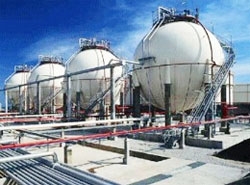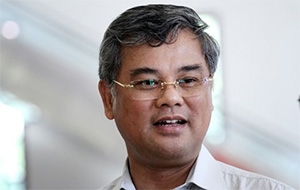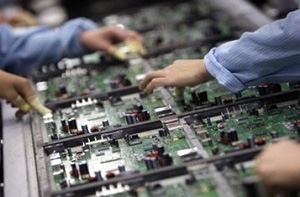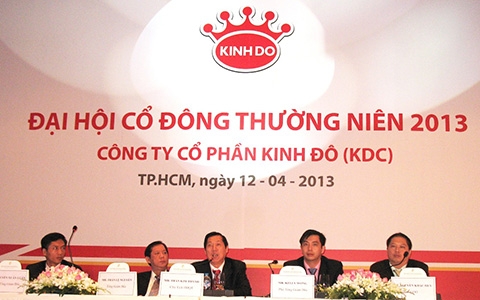Nghi Son refinery bidding off course
 |
| Nghi Son oil refinery illustration photo |
The group initially planned to sign off on an engineering, procurement and construction (EPC) contract in the second quarter of this year. However, it has failed to find a suitable partner.
PetroVietnam conducted negotiations with a consortium led by Japanese JGC Corporation, Japanese Chiyoda Corporation, French Technip SA, Korean SK Engineering and GS Engineering without result.
A major cause was partners still waited for more favourable conditions from the Vietnamese government, according to industry experts.
The Thanh Hoa province-based $6.2 billion Nghi Son refinery, planned to be operational in 2014, would be Vietnam’s second oil refinery and the first with foreign partnership. PetroVietnam holds a 25.1 per cent stake in the project, Kuwait Petroleum International 35.1 per cent, Japan’s Idemitsu Kosan 35.1 per cent and Mitsui Chemicals 4.7 per cent.
The refinery has a design capacity of 10 million tonnes of crude oil per year, or 200,000 barrels a day, 1.5 times higher than the existing Dung Quat oil refinery.
In a separate development, Vietnam’s first petrochemical complex, Long Son Petrochemical Joint Venture in Ba Ria-Vung Tau province, is planning to increase investment capital to $4.5 billion from the initially approved $3.7 billion.
A Long Son source told VIR that the project’s slower than expected progress, around two years to date, meant the investor would have to increase capital investment to cover the increased expenses.
The source said the planned capital extension would also be used to upgrade the capacity and facilities of the complex.
The complex is a joint venture between PetroVietnam (18 per cent), the Vietnam National Chemical Corporation (11 per cent) and two subsidiaries of the SCG Vina SCG Chemical Company and the Thai Plastic and Chemicals Public Company, which together hold 71 per cent.
Designed to have capacity of around 4 million tonnes for different kinds of petrochemical products, experts from the oil and gas industry expect the complex to contribute about $1 billion to the state coffers in the next 30 years of operation once completed.
What the stars mean:
★ Poor ★ ★ Promising ★★★ Good ★★★★ Very good ★★★★★ Exceptional
 Tag:
Tag:
Related Contents
Latest News
More News
- Growth beckons for GenAI startups in Vietnam (November 21, 2024 | 17:47)
- SABECO to elevate Vietnam's beverage industry to global standards (November 21, 2024 | 17:36)
- ABeam Consulting Vietnam introduces BSQCD Purchasing Strategy Framework (November 21, 2024 | 16:40)
- Major railway requires debt considerations (November 21, 2024 | 12:07)
- Reviving a new life cycle for plastic waste (November 21, 2024 | 09:16)
- Key balances maintained for industrial production (November 21, 2024 | 08:00)
- Ecolean Vietnam honoured with prestigious sustainability award (November 19, 2024 | 10:01)
- HEINEKEN Vietnam’s clear path towards net-zero (November 18, 2024 | 15:13)
- VLCA 2024 honours corporate governance excellence as listed companies raise the bar (November 18, 2024 | 09:00)
- High-tech personnel to drive competition (November 17, 2024 | 09:21)






















 Mobile Version
Mobile Version